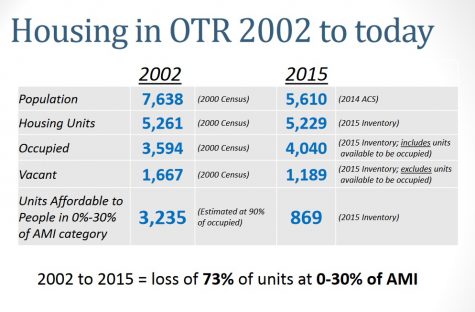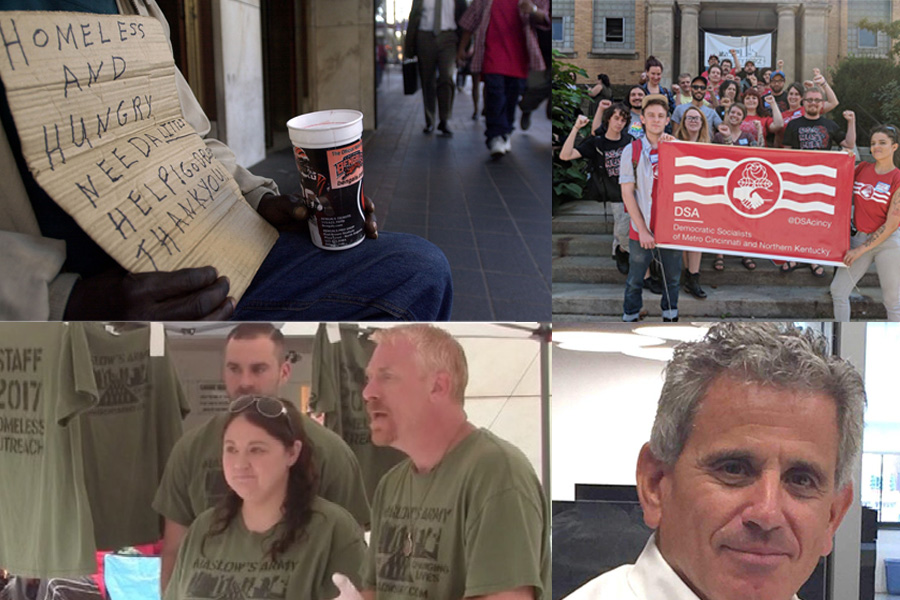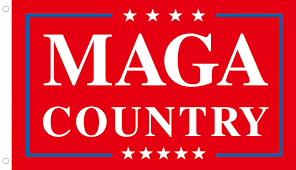It’s simple: house Cincinnati’s homeless
Who’s fighting for the most vulnerable?
Clockwise from top right: members of Cincy DSA at Pittsburgh, CEO of 3CDC Stephen Leeper, Maslow’s Army distributing goods
It’s 2018, downtown Cincinnati; tents are packed all across Third Street. The city’s homeless are grouped along the long pathways, loosely organized into a colony of people just looking for shelter. It attracts attention—and controversy. Soon, after migrating several times to escape 72-hour evacuation notices, the city government instituted a full ban on sleeping outside of a residence, and “Tent City” was no more.
Now, in November 2020, many of those same people gather every Sunday 11-1 to wait in line for the bare necessities distributed by volunteer group Maslow’s Army. A plate of pizza, a bag of hygiene products, and a few pieces of clothes are some of the only consistencies they see each week, moving neighborhood to neighborhood, sidewalk to sidewalk to evade criminalization of a life they did not choose. These are normal, caring people: A man who used to live in Price Hill, now chatting with an Elder student about that football team that played in his backyard, a woman finding clothes for her two daughters by her side. John Quincy, an older man who’s “been all around the city,” talks with anyone he can about how he used to be able to see the FCC stadium be built every day.
How does it get to this? How does a city, an entire society, let so many sleep on cold concrete night after night?
Well, of course, it’s a complicated issue with many variables and determining factors; however, they all boil down to a common reality: housing is not treated as the human right that it is.
It’s a simple truth that most people would accept when separated from ideology or party politics. In fact, the National Low Income Housing Coalition reports that roughly 75% of Americans “believe that adequate housing is a human right.” So why the hesitation to act on this belief? In Cincinnati at least, it all comes back to profit. To understand this at a practical level, one only needs to revisit every Cincinnatian’s favorite neighborhood to talk, brag, or scoff at: Over-the-Rhine.

OTR was historically a working-class neighborhood, born as the grounds of poor German immigrants and later becoming home to Appalachians and African Americans in search for affordable housing. What spurred OTR’s growth, though (along with its reputation as one of Cincinnati’s poorest areas), was the large numbers of working-class African Americans practically forced out of their homes during the construction of the I-75 and I-71 highways that found home in the area.
But Over-the-Rhine has changed dramatically over the past years. Starting around the early 2000s, the neighborhood underwent a period of “urban revitalization” under the careful construction of the private non-profit corporation 3CDC. On the surface, this sounds like a welcome opportunity to give people marred by poor living conditions and crime better housing; however, what really went on was plain gentrification.

Funded by private investors and fueled by profit interests, 3CDC’s crusade to renovate OTR resulted in disaster for local residents. From 2002 to 2015, the most intense period of development, the Over-the-Rhine Community Council reported a 73% loss in affordable housing. That’s 2,366 affordable homes for those in the lowest median income group. As a result, residents who’ve lived in OTR for generations had to leave en mass as affordable housing plummeted, forcing people to move away from their jobs, public transportation, and childhood homes; and for those who could not find new housing, homelessness became a reality. Furthermore, the once historically black neighborhood (or at least the parts most focused by 3CDC) became a hotspot for young, upper-middle class white people. Ultimately, the “revitalization” devastated affordable housing and forced low-income residents out in favor of wealthier tenants.
Obviously, investing in struggling communities is not a bad thing, but the problem with gentrification efforts like that in OTR is the focus on buildings, not people. To effectively build better neighborhoods, the city cannot hand over development to private companies which only seek to generate profits, hurting the lives of people already living there and plunging thousands into homelessness. So, what’s the better option? The Cincinnati DSA offers a solution.
UC professor and local activist, Susan Gregson has the distinction of heading the Housing Justice Chair of the DSA’s Cincinnati chapter. To her and the rest of the Democratic Socialists of America, housing is a human right—no questions asked. Regarding what she sees as high contributors to homelessness, Gregson identifies “an incredible shortage of low-income housing.” However, we can fix this.

“It’s a long fight,” she admits, “to achieve safe, accessible, and affordable housing for everyone. The problem with the current approach to development” —gentrification— “is that it is based on the profits of private interests.”
Gregson and the DSA’s alternative involves three key aspects: cutting tax-support to groups like 3CDC, enacting rent control, and organizing tenants. She explains that private groups like 3CDC are largely who’s responsible for gentrification, and the act of developing areas without instituting rent control (thus increasing rent price) results in mass evictions. Another strategy Gregson advocates for is organizing tenants. This may be a foreign concept to some, but it is an absolutely vital method to avoiding unfair evictions. The process involves working with local tenants to build strong relationships that can turn the feeble voice of one into the power of many.
The mission and strategies she describes are not easy, but there is hope. “I see possibility in times of crisis,” Gregson says. “I’m older and been a part of this movement for a long time, so I’m a bit more optimistic in making housing more sustainable, available, and democratic.” What she highlights, though, is that this positivity must be held with caution, advocating for an “active hope” instead of letting fate take its course.
Ultimately, the efforts made by people like Susan, others at the DSA, or volunteers at Maslow’s Army are all done with the same goal: to ease the suffering of human beings. This focus on humanity is a clear demonstration of how housing policy should be directed, not driven by profits but a clear love and respect for human dignity. Thus, the only logical conclusion is to treat housing as a human right, and work to make sure no one goes a night in the cold. We’ve learned the road is not easy, but we must keep fighting so that another “tent city” does not need to happen.

"I am the Elder man" - Mr. Roger Auer
#1 Elder Soccer commentator.










Monica Williams-Mitchell • Dec 1, 2020 at 4:23 pm
Thank you for this clear and well-written article. It is heartening to see young people engaging in civic issues and advocating for needed change.